Want to know how to buy the best indoor plants?
Seduced by showy flowers and tantalizing glossy foliage, you can easily end up blowing the entire budget on your first nursery trip of the season!
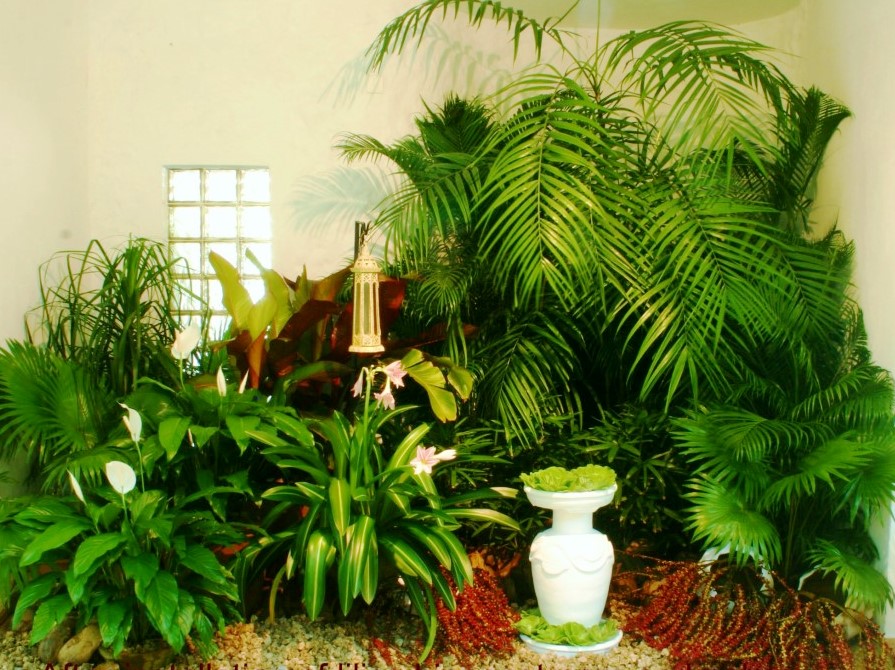
Globally gardening is the number 1 hobby with its enthusiasts out numbering those of all sports combined. As the global interest in gardening continues to spike, more and more retail shops and departmental shops have also joined the indoor plants sales bandwagon.
At the click of a button you can literally order any indoor plant and have it delivered to your doorstep-which all serves fine given the convenience and lack of time to run around from one nursery to another.
Despite this seemingly easy approach to plant buying, personally, I would rather buy plants from an established garden center or local garden store than a chain store that sells everything from detergents, clothes, cutlery and plants!
Points to Note Before Going House Plants Shopping
Before you step out to buy indoor plant, or select any indoor plant, make sure you understand its growing conditions.
- You can start with easy to care indoor plants or as they say, hard to kill indoor plants. Plant like Sanseveria. This will give you time to grow your confidence. If you start off with plants that require specialized care like orchids, which you may not be skilled for, your gardening enthusiasm may suffer shock once you lose them.
- For indoor plants the key technical factors are temperature and light. You can easily follow instructions as to watering and feeding of your indoor plants from the nursery. But you can’t manufacture light when none exists. Alternatively, you can have alternate plants for the same spot. So that you change so often-say every 3 weeks.
Where to buy the best Indoor plants ? Stores or traditional garden center
- If you observe keenly, supermarket and departmental store plants are overpriced for the value they offer. For the price of one indoor plant at the departmental store, you can still get a better quality plant and have change to purchase other additional plants. The pizzazz that comes with malls and stores -is replicated in the product prices and plants are no exception.
- In stores plants are treated as ‘’merchandise” just like just like door locks or electronic products. Few plant lovers approve of this.
- Then plants in stores are not exposed to enough light, mostly just enough until they are sold-which is truly atrocious.
- And then consider that rarely will supermarkets and stores employ a person trained to care for such plants to ensure quality control.
- On the other hand, garden centers are professionals who truly understand plants and their needs-the very reason why they are in that trade.
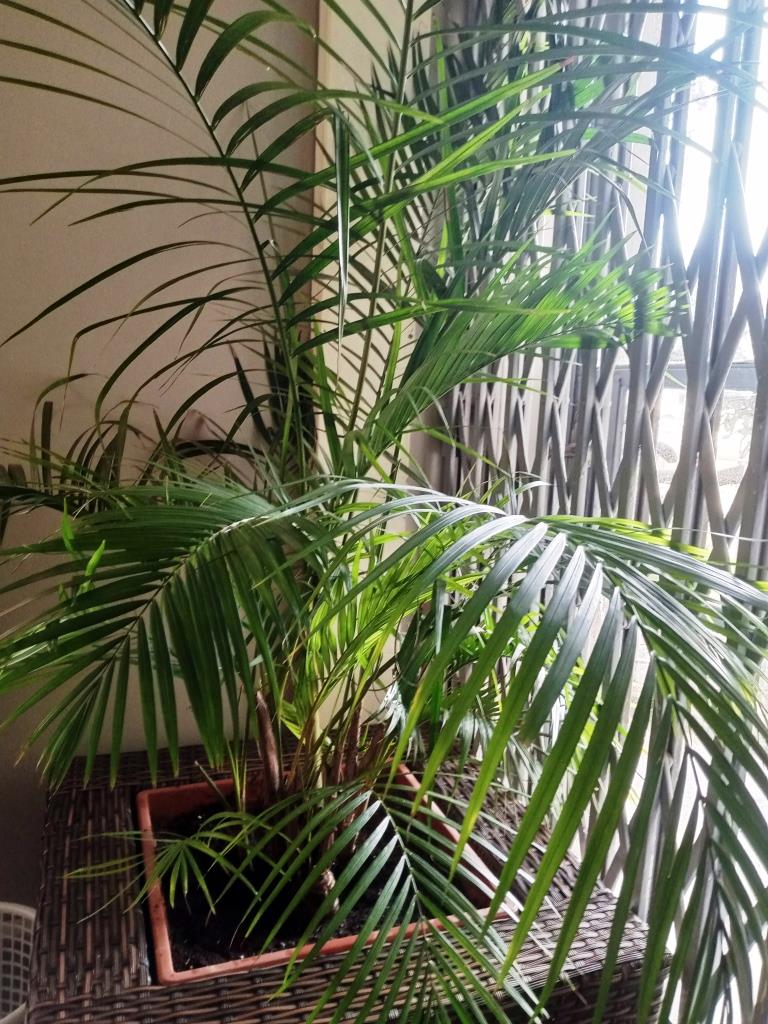
More importantly though, your local garden center which wants you as a repeat customer in order to stay in business offers you a far better value than large organizations which don’t need to have a personal relationship with you.
Wherever you buy your plants though, one thing you must do is always to be wary of bargains in horticulture. Some bargains are meant to dispose of plants that are about to outlive their usefulness.
Selecting best indoor plants before you buy
The rule of thumb that has served me well over the years is to observe the plant carefully-before opening my wallet. At this point, two questions should ring in your mind;
- Are plants having any pests, however small?
- Any presence of pests-even if only one, is a red flag. Pests or diseases don’t occur overnight. They are a product of accumulated neglect. If there is pest manifestation, chances are that more could still be on the way.
- Are the leaves of the indoor plant healthy and of good color? Trouble brewing with plants always manifests itself in yellowing, browning, curved, chewed and spotted leaves. Indeed it is easier to tell the health of the plant by simply looking at the leaves.
- Is the plant full? Obviously if the plant doesn’t look good while at the shop, it will look even worse in your dimly lit office or house.
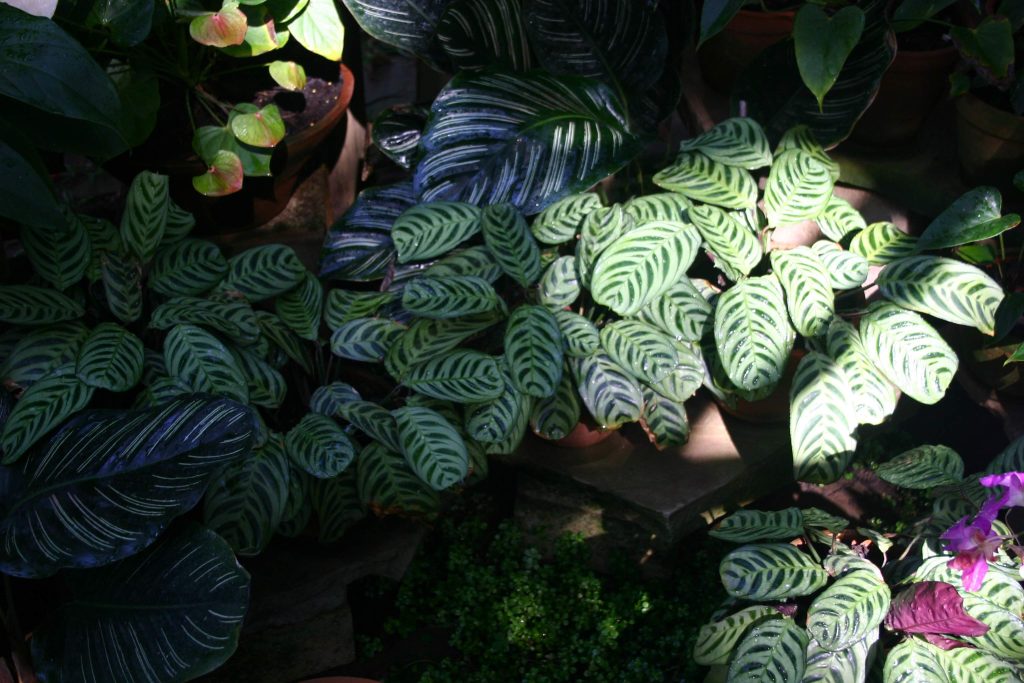
Once you have satisfied yourself regarding the above questions, you can select you plant. If you are buying a flowering plant, choose one with many unopened flower buds. Open buds on a flower means that you have already missed out on the beauty of the flowers-till next season, with no guarantees!
Don’t buy a plant that is pot bound with roots coiled around the top of the container. Watch out too for plants on offer or being sold at very low prices. This is true of flowering plants that are nearing the end of their cycle. They will be cheap but unlikely to perform well in your house as they are no longer young.
Some houseplants are sold cheaply because they haven’t been nurtured well all either by not being given time to develop root systems that they will need for vigorous growth or have not acclimatized to the dim light conditions they will meet at your house.
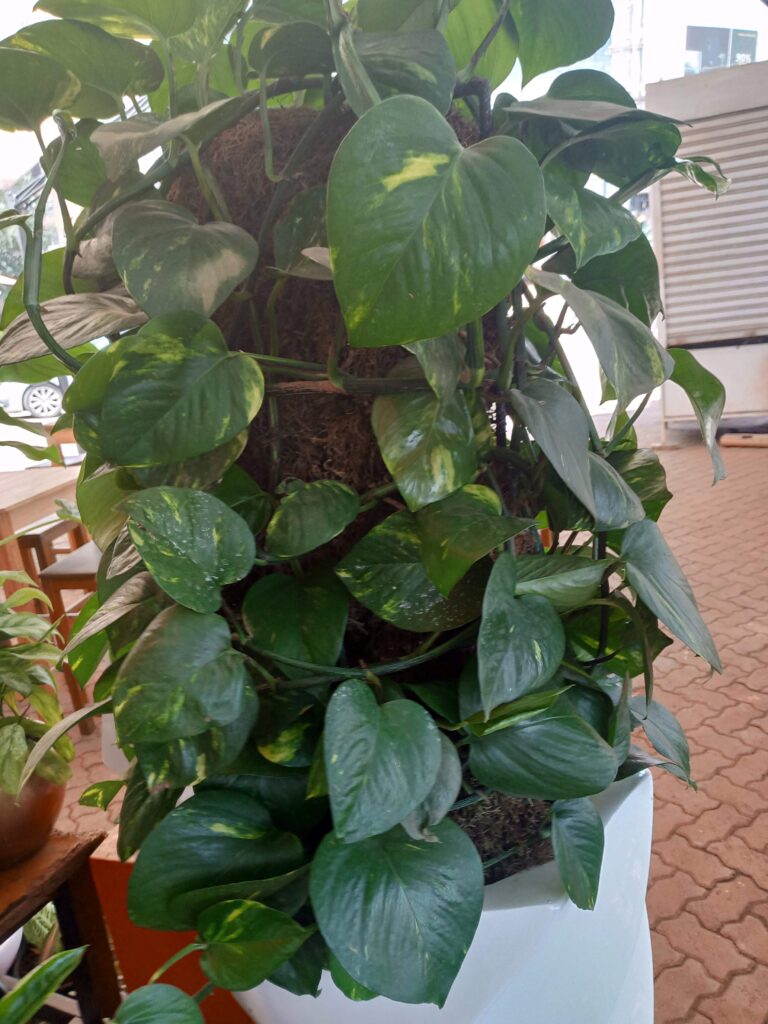
They may also have been grown too quickly with great amounts of light, moisture and fertilizer. These add to their size at the expense of their growth. In buying indoor plants, apply eye your sixth sense; eye plus common sense.
Naturally departmental stores are in the business of making money through fast moving goods. So the plants you find here are bound to be the ones known to sell well. If you are looking for rare plants, this is unlikely to be the place for you. Similarly, the small shop owners can’t afford to store obscure plants that may or may not sell. Here is where you should expand your search into the mail order field. If you search keenly around the country and beyond, you will come across not so common plants that can be bought through mail.
The main draw back with mail order plants is that they are normally small sized, repacked for shipment. It is nevertheless advisable to start off your indoor plants collection with these small sized plants. Having bought plants through mail, I have found that most mail order companies are reputable and deliver -as long as you both are in agreement in the name of the plant!
Common plant names may differ regionally and globally, and if you can’t tell the botanical name, use pictures to confirm the plants you are buying. Ask for catalogues and engage in adequate back and forth so that you don’t receive something similar but not what you wanted.

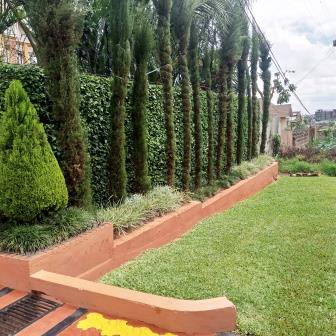
Leave a Reply